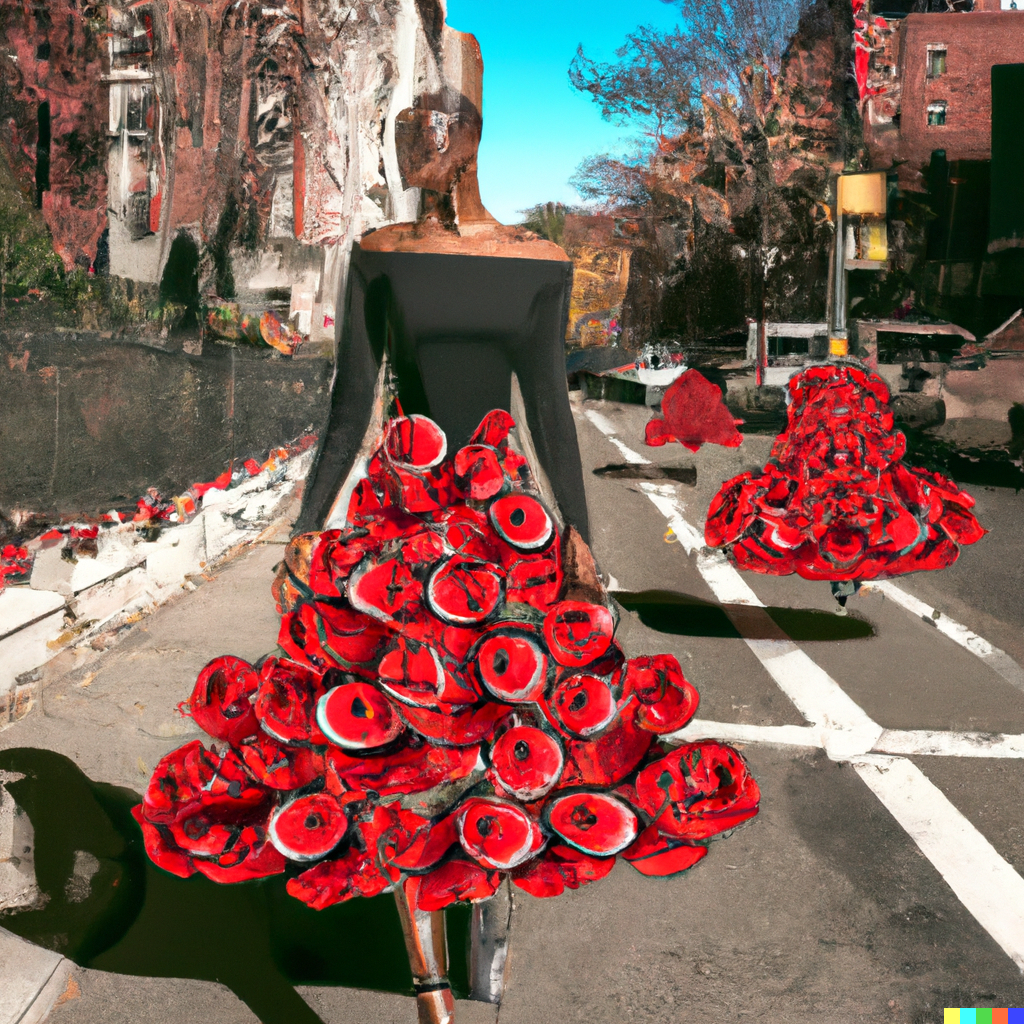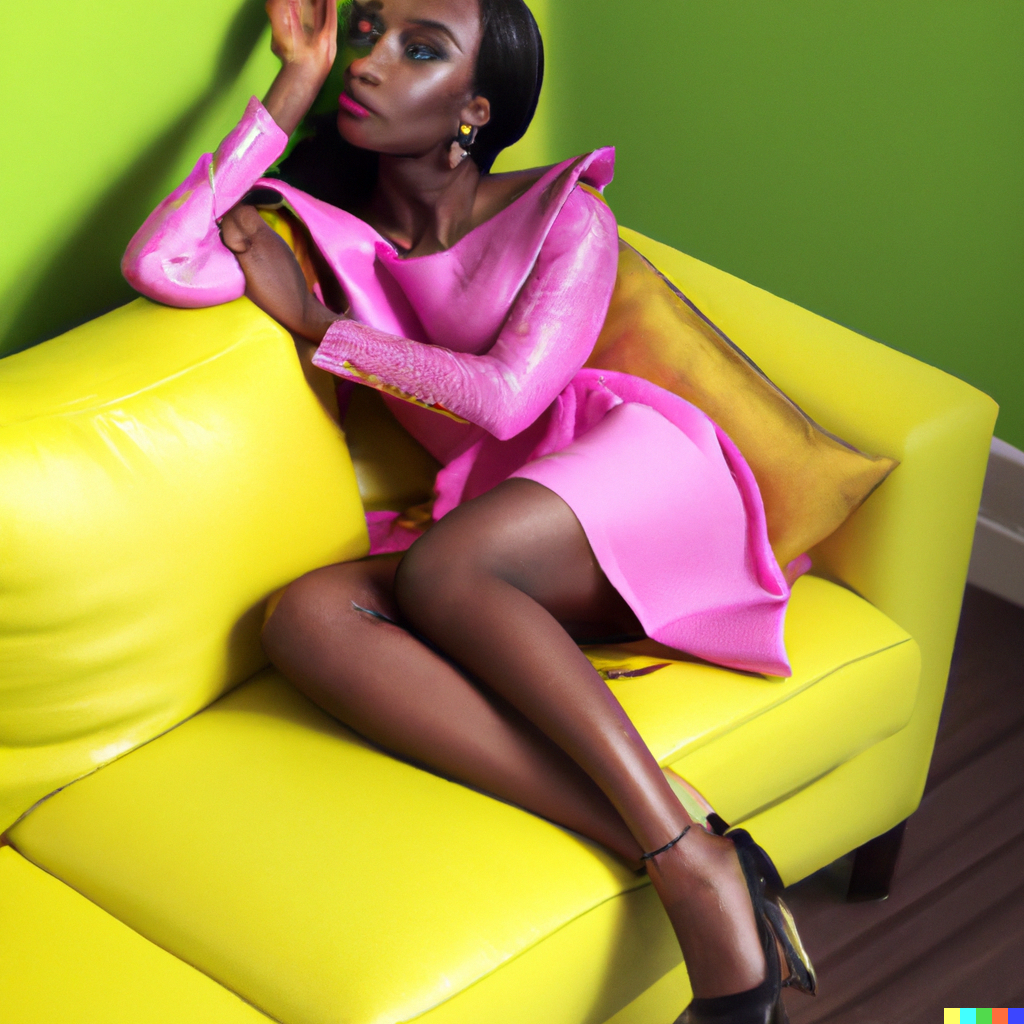AI fashion design refers to the use of artificial intelligence (AI) technology in the fashion industry to create, design, and produce clothing and accessories. AI technology can be used in various stages of the fashion design process, from ideation and design to manufacturing and sales.
Some applications of AI in fashion design include:
- Design: AI algorithms can analyze past trends, consumer preferences, and social media data to help fashion designers create new designs and predict future fashion trends.
- Fabric and color selection: AI can assist designers in selecting the best fabrics and colors based on factors such as durability, sustainability, and consumer preferences.
- Manufacturing: AI can optimize the manufacturing process by automating tasks such as pattern-making, cutting, and sewing.
- Personalization: AI can analyze customer data and preferences to create personalized fashion recommendations, custom-fit clothing, and other personalized fashion items.
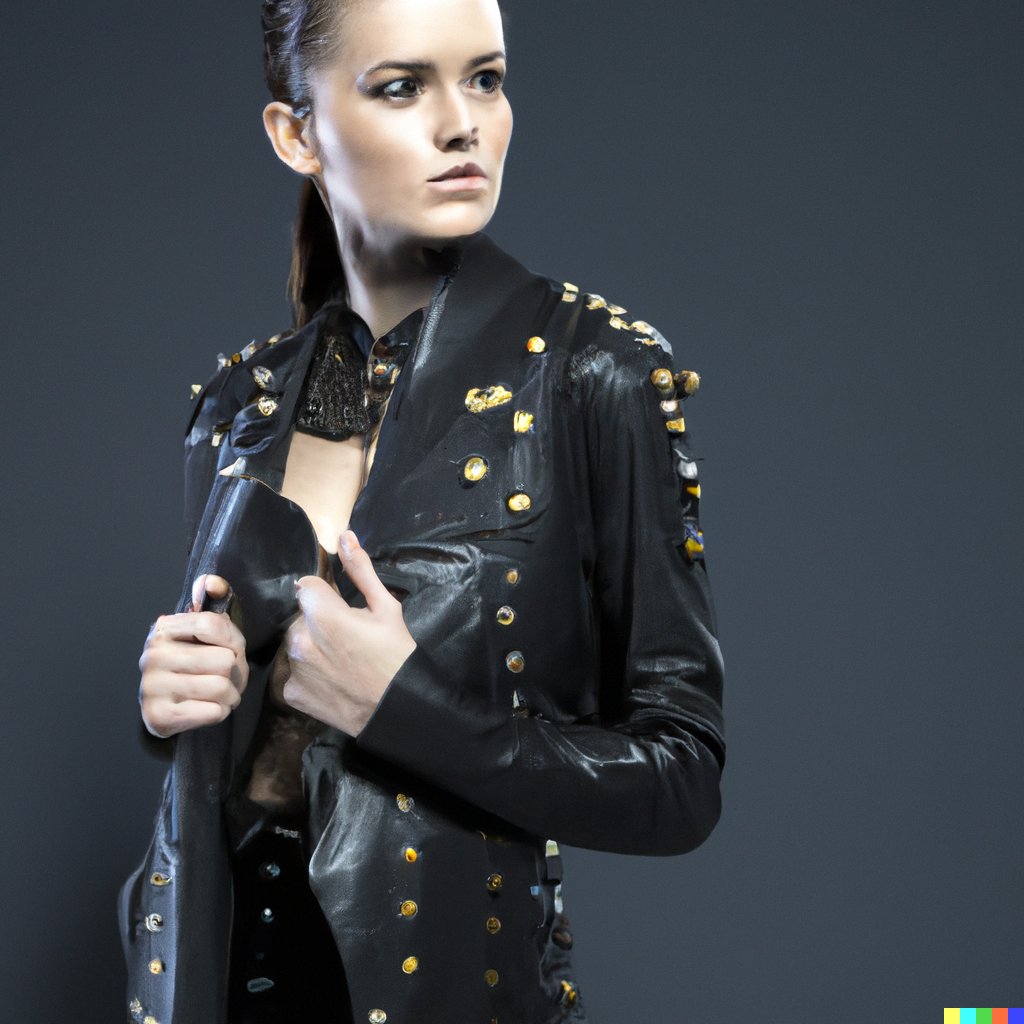
Fashion designing with AI systems involves using machine learning algorithms and computer programs to aid in the creation of fashion designs. There are several ways that AI systems can be used in fashion designing:
- Generating Designs: AI systems can generate fashion designs based on input from designers, including color, pattern, fabric, and style. This can help designers explore new ideas and create unique designs.
- Virtual Try-On: AI can be used to create virtual models that can try on clothes and show how they would look on a person. This can help customers visualize how clothes would fit and look on them without needing to try them on physically.
- Personalization: AI can analyze customer data to provide personalized recommendations for clothing and accessories based on the customer’s preferences and past purchases.
- Inventory Management: AI systems can be used to optimize inventory management by analyzing sales data to predict which products will be popular and ensuring that the right amount of inventory is available.
- Sustainability: AI can be used to improve sustainability in fashion by optimizing supply chain management and reducing waste.
While AI systems offer many benefits for fashion designers and retailers, there are also potential ethical concerns to consider. For example, there is a risk of perpetuating harmful stereotypes or biases if the system is trained on biased data, or if designers rely too heavily on the generated designs without considering the diversity of their target audience. It is important for designers and companies to use AI systems responsibly and to consider the potential impact on their customers, employees, and the environment.
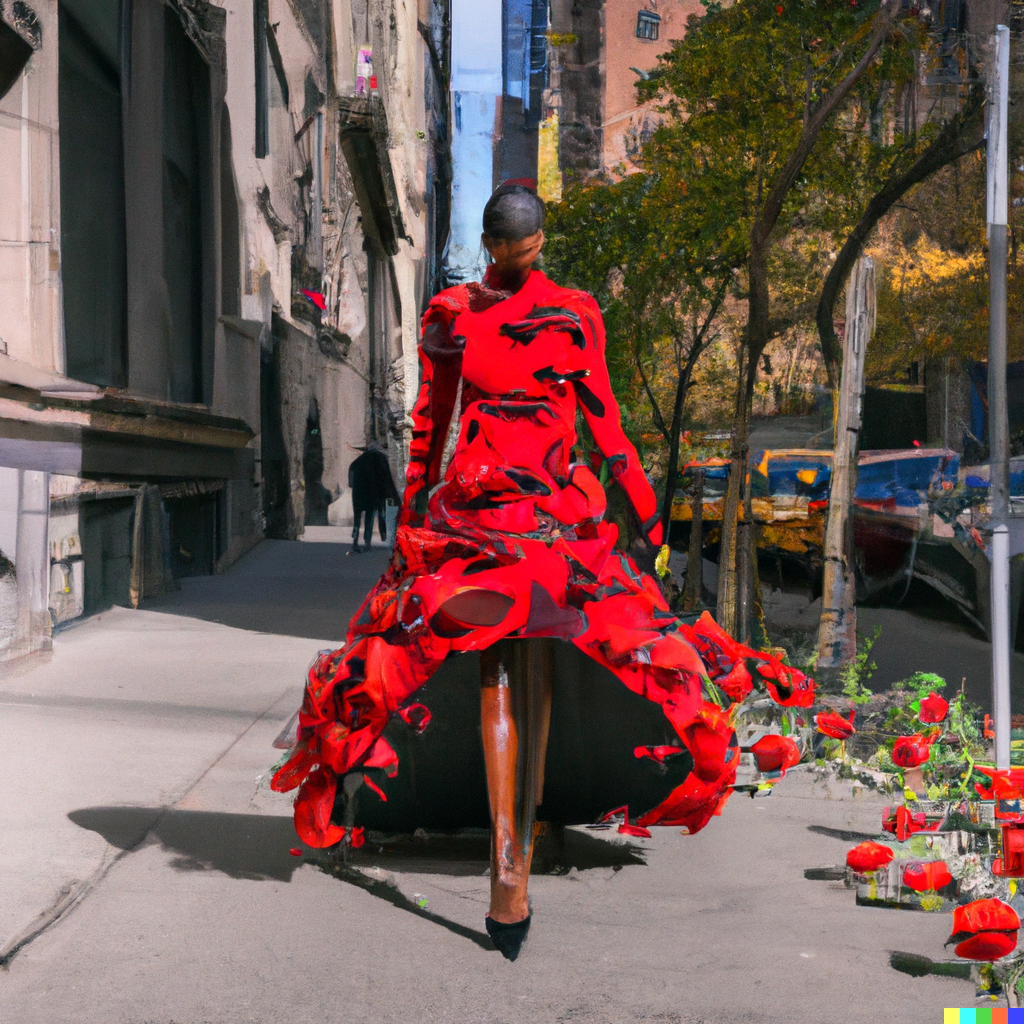
How can AI systems be used to generate fashion designs?
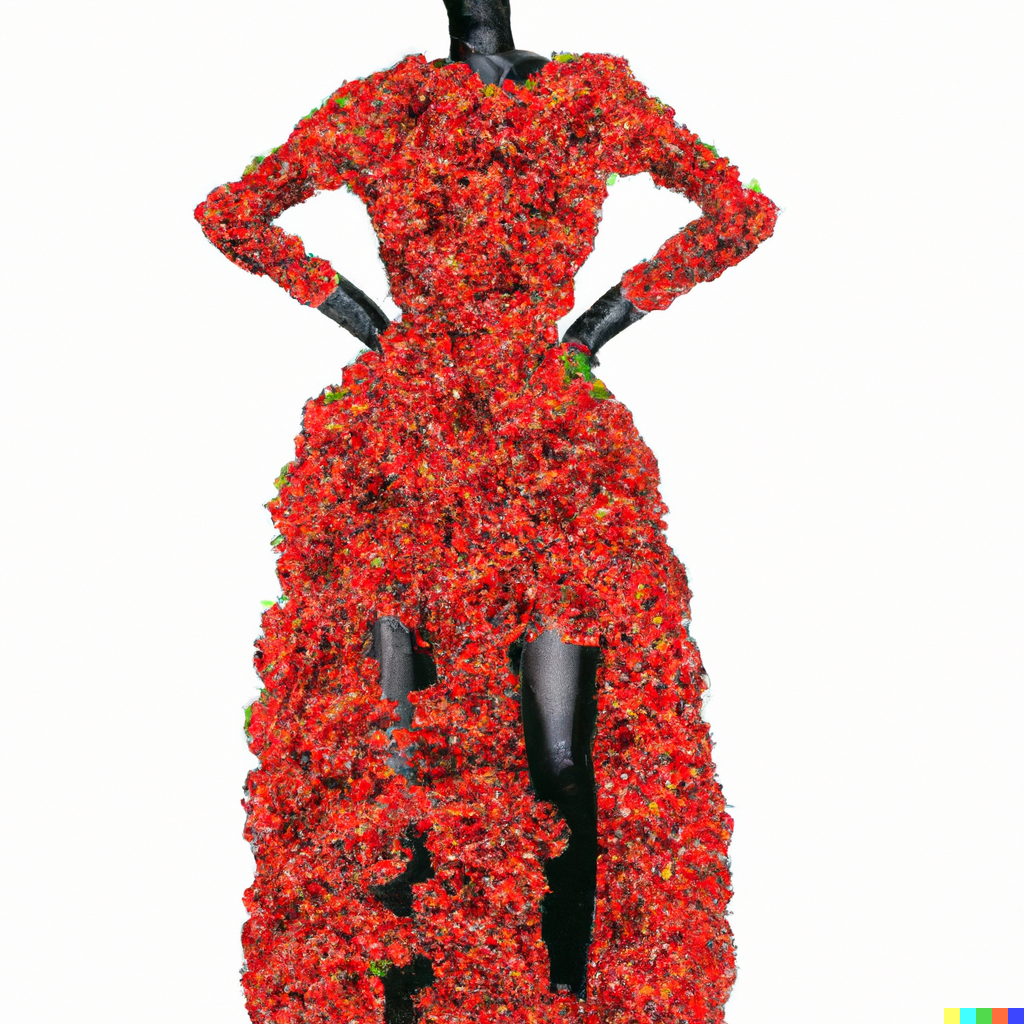
AI systems can be used to generate fashion designs through a process called “generative design.” This involves using machine learning algorithms to analyze data and generate designs based on that data. There are several ways that AI systems can be used for generative design in fashion:
- Text-based Design: AI systems can generate designs based on textual descriptions provided by human designers. For example, a designer might describe a dress as “a fitted, knee-length dress with a high neckline and floral pattern.” The AI system can then analyze that description and generate a range of designs that meet those criteria.
- Style Transfer: AI systems can also generate designs by transferring the style of one image onto another. For example, a designer might provide an image of a painting or photograph that they want to use as inspiration, and the AI system can generate a design that incorporates the style of that image.
- Collaborative Design: AI systems can also be used to facilitate collaboration between human designers. For example, one designer might create a rough sketch of a garment, and the AI system can generate a range of variations based on that sketch. The designers can then work together to refine the design and choose the best variation.
- Data-driven Design: AI systems can analyze large datasets of fashion designs and use that data to generate new designs. For example, the system might analyze the colors, patterns, and styles that are popular in a particular market and use that information to generate new designs that are likely to be successful in that market.
- 3D Modeling: AI systems can generate 3D models of garments based on input from designers, allowing them to see how the garment will look in 3D before it is physically created.
Overall, AI systems offer many opportunities for generative design in fashion, allowing designers to explore new ideas, optimize the design process, and create unique and innovative designs.
What are some of the ethical concerns of using AI in fashion design?
There are several ethical concerns of using AI in fashion design, including:
- Bias and Discrimination: AI systems are only as good as the data they are trained on. If the data used to train the system is biased, it can perpetuate harmful stereotypes and discriminate against certain groups. For example, if the system is trained on a dataset that is predominantly white, it may not accurately represent the diversity of potential customers.
- Intellectual Property: Using AI to generate designs raises questions about intellectual property. Who owns the rights to the designs generated by the system? Is it the designer who provided the textual description or the company that owns the AI system?
- Labor Displacement: AI systems have the potential to automate certain aspects of fashion design, which could lead to job loss for human designers. This raises questions about the responsibility of companies to their employees and the potential impact on the wider economy.
- Environmental Impact: The fashion industry is known for its environmental impact, and the use of AI in fashion design could exacerbate this issue. The energy and resources required to train and run AI systems can be significant, and the production of garments generated by the system could contribute to overconsumption and waste.
- Transparency and Accountability: AI systems can be opaque and difficult to understand, which can make it challenging to hold companies accountable for their use of the technology. It is important for companies to be transparent about how they are using AI in fashion design and to be accountable for any negative impacts that may arise.
Overall, it is important for designers, companies, and policymakers to consider these ethical concerns and work to mitigate any potential negative impacts of using AI in fashion design.
Where does AI get the ideas from for the fashion design images it generates?
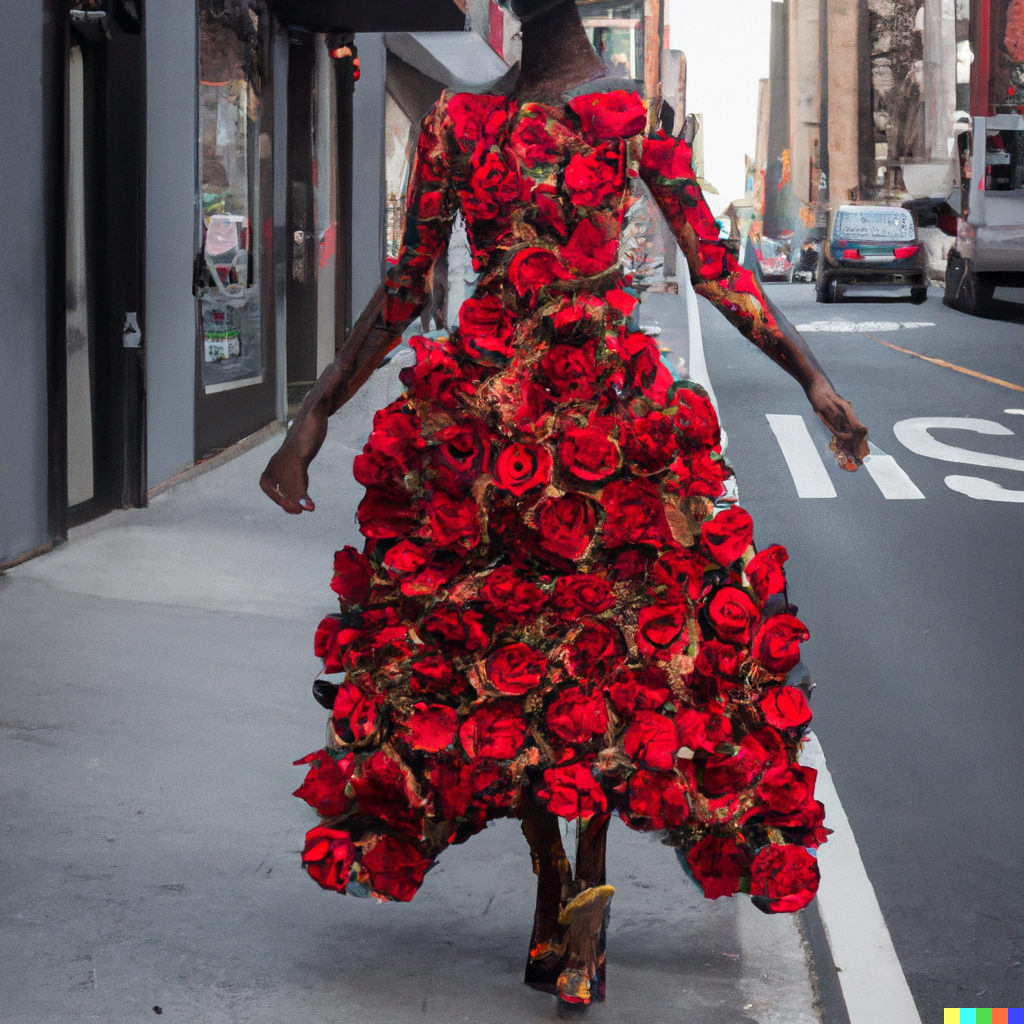
AI gets the ideas for the fashion design images it generates from the data it has been trained on. The data used to train AI systems for fashion design can come from various sources, such as images of fashion products, color palettes, patterns, and textures.
For example, an AI system that generates fashion designs based on textual descriptions might be trained on a dataset of fashion product descriptions, including information on the color, fabric, style, and fit of each garment. The system can use this data to learn how different colors, fabrics, and styles can be combined to create a garment that meets the criteria specified in the text.
Similarly, an AI system that generates designs based on style transfer might be trained on a dataset of fashion images, paintings, or photographs. The system can use this data to learn how different visual styles are expressed in fashion, and then apply those styles to create new designs.
AI systems can also be trained on user preferences, allowing them to generate designs that are tailored to the individual user’s tastes. For example, an online retailer might use an AI system to analyze a customer’s browsing history and purchase history to generate personalized fashion recommendations.
Overall, the ideas for fashion designs that AI generates are based on the patterns and relationships that it identifies in the data it has been trained on. By analyzing and learning from large datasets of fashion-related data, AI systems can generate new and innovative designs that incorporate elements from a wide range of sources.
Are AI generated fashion designs considered original?

The question of whether AI-generated fashion designs are considered original is a complex one that has both legal and philosophical dimensions. From a legal standpoint, the originality of an AI-generated design may depend on the copyright laws of the country in which it was created. In some countries, originality is defined as the result of human creativity and is therefore not applicable to AI-generated designs.
However, even if AI-generated fashion designs are not considered original in a legal sense, they can still be considered innovative and unique. AI systems can generate designs that are unlike anything that has been seen before, and that incorporate elements from a wide range of sources. This can lead to the creation of new and innovative designs that push the boundaries of traditional fashion design.
From a philosophical standpoint, the question of whether AI-generated designs are original is more complex. Some argue that originality is a uniquely human attribute, and that AI systems can only generate designs that are based on patterns and relationships that have already been established by humans. Others argue that AI systems can create new and innovative designs that are truly original, even if they are based on patterns and relationships that have been identified in existing data.
Ultimately, the question of whether AI-generated fashion designs are considered original is a matter of perspective. While they may not meet the legal definition of originality in some countries, they can still be considered innovative and unique. The use of AI in fashion design offers many opportunities for creativity and innovation, and is likely to continue to be an important area of research and development in the fashion industry.
